Phoenix Crown Xiapei: 5 Facts About the Ultimate Wedding Attire
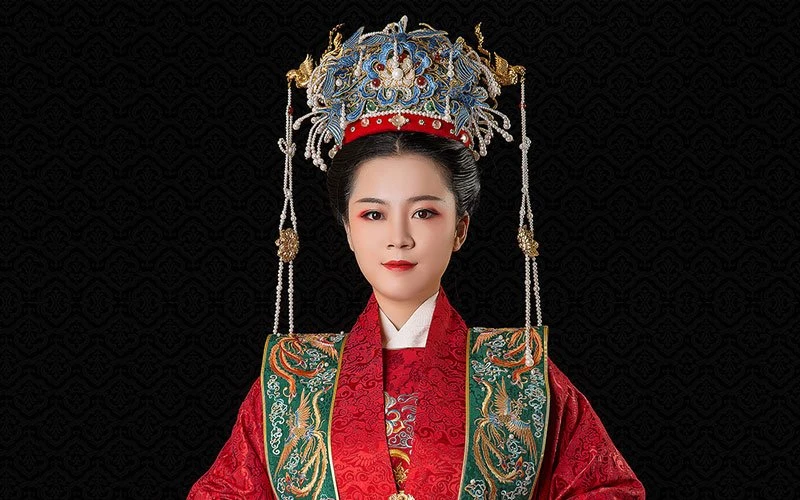
In Chinese culture, few garments rival the splendor of Phoenix Crown Xiapei wedding attire. These iconic pieces, steeped in history, symbolize beauty, elegance, and the dream of a perfect marriage. From imperial courts to modern brides, the Phoenix Crown and Xiapei remain the pinnacle of Chinese traditional wedding fashion. Whether you’re a history enthusiast or planning a cultural wedding, here are five fascinating facts about this Phoenix Crown Xiapei wedding attire to inspire your journey into Hanfu wedding culture.
The Phoenix Crown Xiapei wedding attire isn’t just clothing—it’s a cultural legacy. Explore the evolution of traditional Chinese wedding dresses to see its historical context.
The Phoenix Crown: A Symbol of Imperial Grace
The Phoenix Crown (凤冠) , or Fengguan, is a masterpiece of Chinese traditional wedding attire, most prominent during the Ming Dynasty. Inspired by the mythical phoenix—a symbol of beauty and grace—it dates back to the Han Dynasty, when empresses wore it for ceremonies. By the Song Dynasty, noblewomen adopted it for special occasions, but the Ming era elevated it to new heights. Imperial crowns, like the Xiaojing Empress’s with 121 precious stones (rubies, sapphires, emeralds), were reserved for empresses and consorts. Even wealthy non-royals crafted simpler versions for weddings, making the Phoenix Crown a coveted part of Phoenix Crown Xiapei wedding attire. Explore more at the China National Silk Museum.
The Phoenix Crown became increasingly popular after the Han Dynasty, and by the Song Dynasty, it was officially adopted by noblewomen. It was worn during important ceremonies, especially by women of higher social rank.

In the Ming Dynasty, the Phoenix Crown became a symbol of luxury and was highly sought after by women of the imperial court. The most luxurious crowns featured intricate dragon and phoenix motifs and were embedded with precious gems, such as rubies, sapphires, and emeralds. The Xiaojing Empress’s Phoenix Crown, for instance, contained 121 precious stones. It was only women closely associated with the emperor, such as empresses and consorts, who could wear these highly decorated crowns.
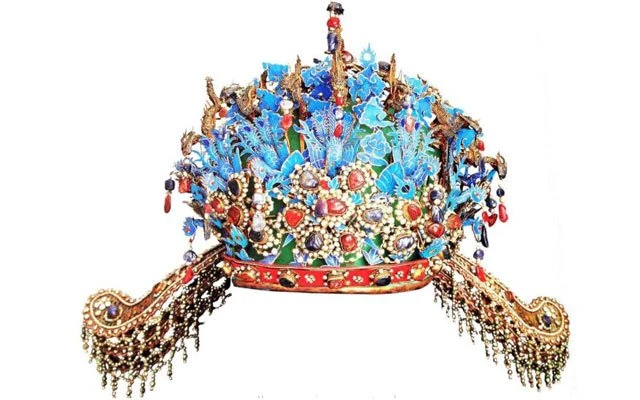
Even wealthy noblewomen outside the royal family began creating their own versions of the Phoenix Crown, particularly for special occasions such as weddings. However, these crowns were simpler in design and lacked the lavish details of the imperial version.
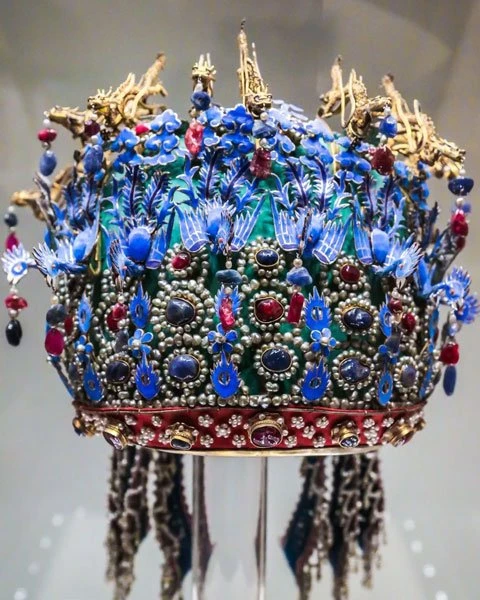
Xiapei: The Flowing Elegance of Nobility
The Xiapei(霞帔), a flowing shawl-like garment, is the perfect complement to the Phoenix Crown in Phoenix Crown Xiapei wedding attire. Originating in the Tang Dynasty, it appeared in Zhou Fang’s paintings, draping gracefully over aristocratic women’s shoulders like sunset clouds. By the Song Dynasty, it became a formal garment with a “V”-shaped hem, adorned with jade or gold pendants for elegance. In the Ming Dynasty, Xiapei designs reflected status—empresses wore vibrant reds and blues with dragon-phoenix motifs, while officials’ wives opted for simpler tones. This versatility makes Xiapei a timeless piece of Ming Dynasty bridal fashion.
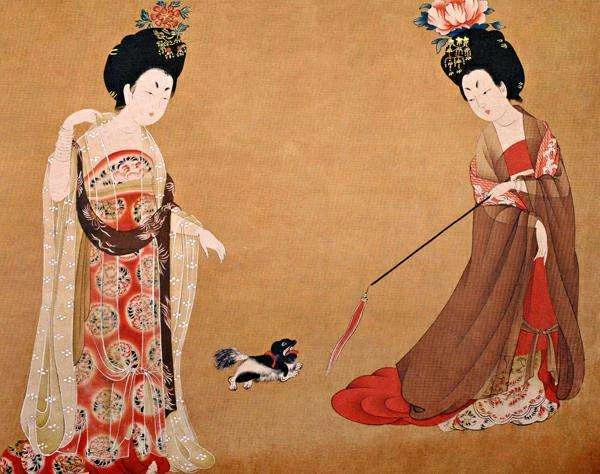
By the Song Dynasty, the Xiapei evolved into a formal garment worn by women of high status. Its design began to take on a more structured form, with the hem at the bottom forming a “V” shape. The garment was decorated with circular pendants made of jade or gold, which allowed it to fall gracefully and stay in place while the wearer moved. The Xiapei was both a symbol of grace and an essential element of noblewomen’s attire.
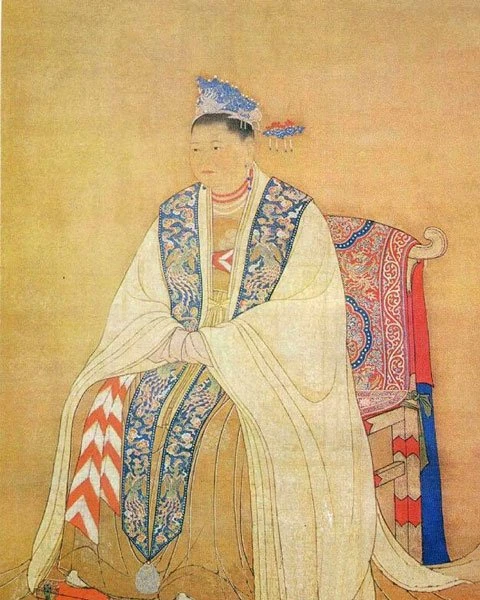
During the Ming Dynasty, the Xiapei was often worn by the imperial concubines and wives of high-ranking officials. The style and decoration of the Xiapei were heavily influenced by the wearer’s status. For instance, concubines and empresses wore Xiapei in vibrant colors such as red and deep blue, decorated with dragon and phoenix designs in gold thread. The wives of officials typically wore simpler, unadorned versions in neutral tones.
There were two primary styles of Xiapei during the Ming Dynasty:
- One that mirrored the Song Dynasty design with a “V”-shaped bottom.
- Another style, which was worn around the neck, fastened with a button, and hung down with pendants made of jade, gold, or silver.
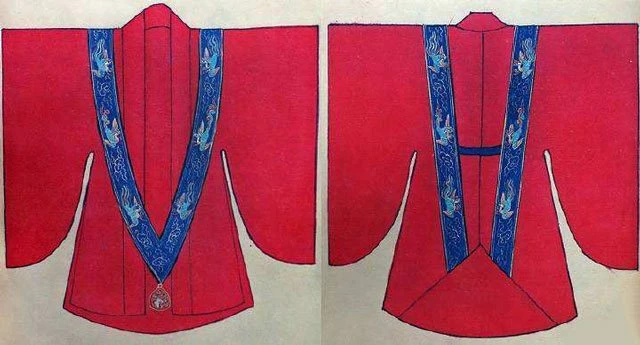
The Quintessential Chinese Wedding Attire
To understand why Fengguan Xiapei defines Chinese wedding attire, see this piece.
By the Ming Dynasty, the combination of the Phoenix Crown and Xiapei became a fixed and iconic ensemble for brides, especially among noblewomen. The color, design, and material of both pieces were strictly regulated according to the wearer’s social rank. While these stunning garments were primarily reserved for women of high rank, they became accessible to common women on their wedding days. However, the Phoenix Crown and Xiapei worn by ordinary women were much simpler and often made from less expensive materials.
Despite the differences in the materials and design, the Phoenix Crown and Xiapei represented the ideal of beauty and marriage for women across all social classes. Even today, these traditional garments are seen as the epitome of elegance, symbolizing not only wealth and status but also the desire for a perfect, harmonious marriage. Though their versions worn by common women may have been more modest, the symbolism of the Phoenix Crown and Xiapei remains powerful. These garments stand as the most luxurious and cherished bridal attire in Chinese culture.
In modern times, the Phoenix Crown and Xiapei continue to be admired and respected. They represent a longing for beauty, love, and status, and remain an enduring part of Chinese cultural heritage. Today, many women still choose to wear these garments for traditional weddings or ceremonial occasions, holding onto the timeless symbolism of these beautiful and meaningful pieces of attire.
A Ming Dynasty Power Duo
By the Ming Dynasty, Phoenix Crown Xiapei wedding attire became the ultimate bridal ensemble, especially for noblewomen. Strict rules governed their colors and materials based on social rank. Empresses donned lavish versions with gold-threaded dragons, while common brides wore simpler designs. Despite these differences, the Phoenix Crown and Xiapei symbolized universal ideals: beauty, harmony, and a blissful union. This iconic pairing remains a cornerstone of Hanfu wedding culture, inspiring modern brides to embrace Chinese traditional wedding elegance.
Social Status and Symbolism
The Phoenix Crown Xiapei wedding attire was more than fashion—it was a status marker. In the Ming Dynasty, only high-ranking women could wear the most ornate designs, with intricate phoenix motifs signaling imperial ties. Common women, however, adapted these garments for their weddings, using affordable materials to capture the same symbolism: love, wealth, and marital harmony. Today, this Ming Dynasty bridal fashion continues to resonate, blending history with modern aspirations in Hanfu wedding culture.
Modern Revival and Timeless Appeal
In 2025, Phoenix Crown Xiapei wedding attire remains a beloved choice for traditional Chinese weddings. Modern brides wear these garments to honor Chinese traditional wedding heritage, often customizing designs with contemporary flair. The Phoenix Crown’s intricate beadwork and the Xiapei’s flowing elegance evoke a longing for beauty and love, just as they did centuries ago. For inspiration, visit Hanfu Today to see how designers reimagine Ming Dynasty bridal fashion for today’s ceremonies.
Why Choose Phoenix Crown and Xiapei?
The Phoenix Crown Xiapei wedding attire isn’t just clothing—it’s a cultural legacy. Whether you’re drawn to its historical depth or its breathtaking beauty, these garments offer a unique way to celebrate love. Planning a wedding? Our store features Phoenix Crown and Xiapei-inspired designs, perfect for your Hanfu wedding culture moment.


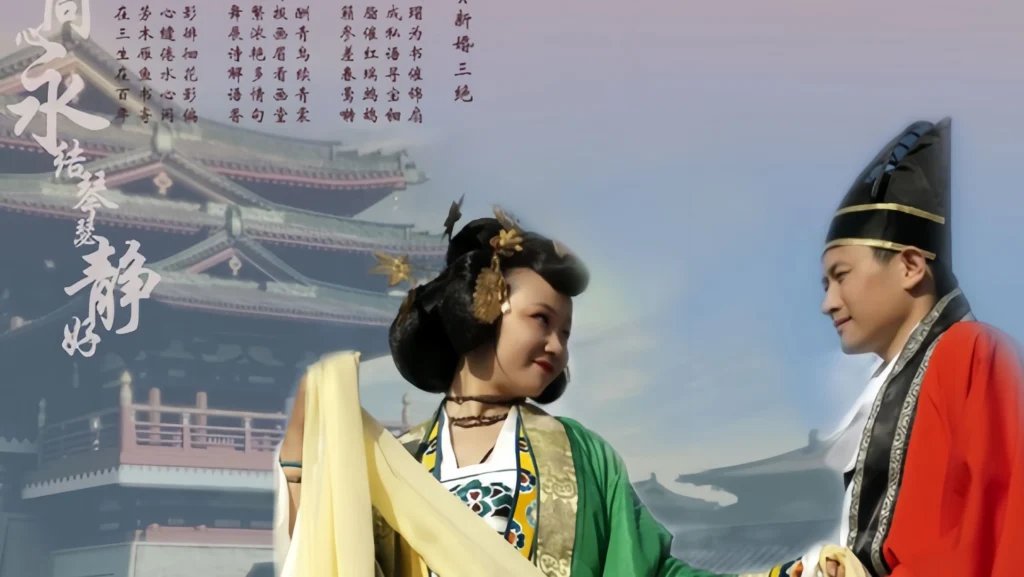

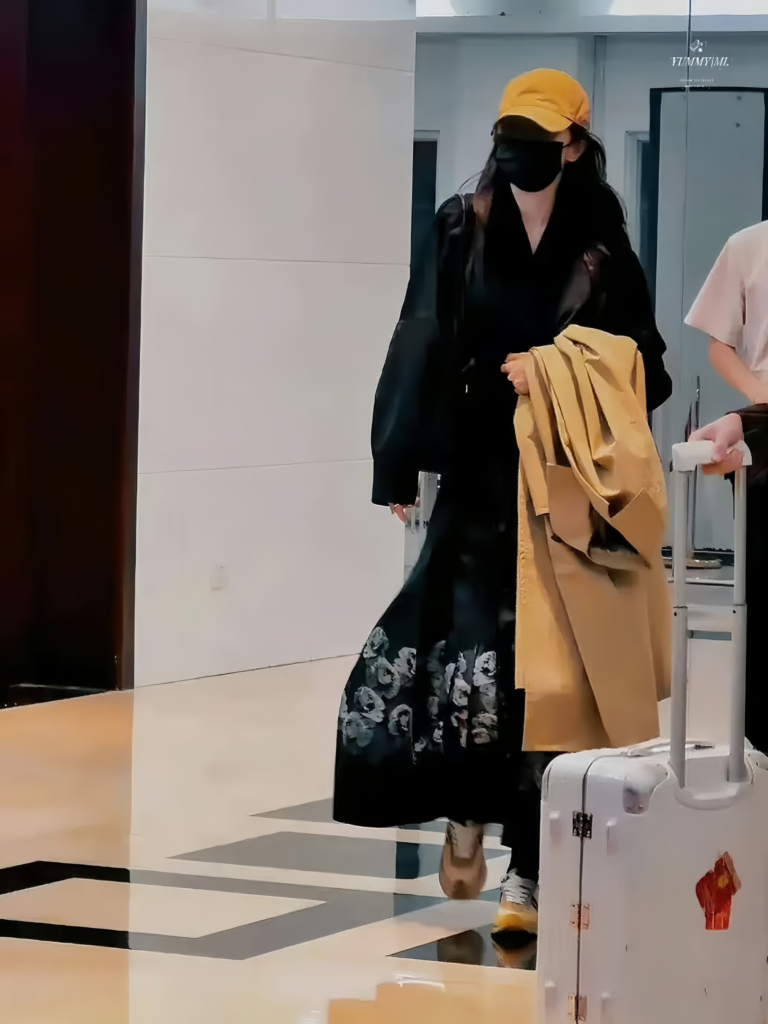
Responses